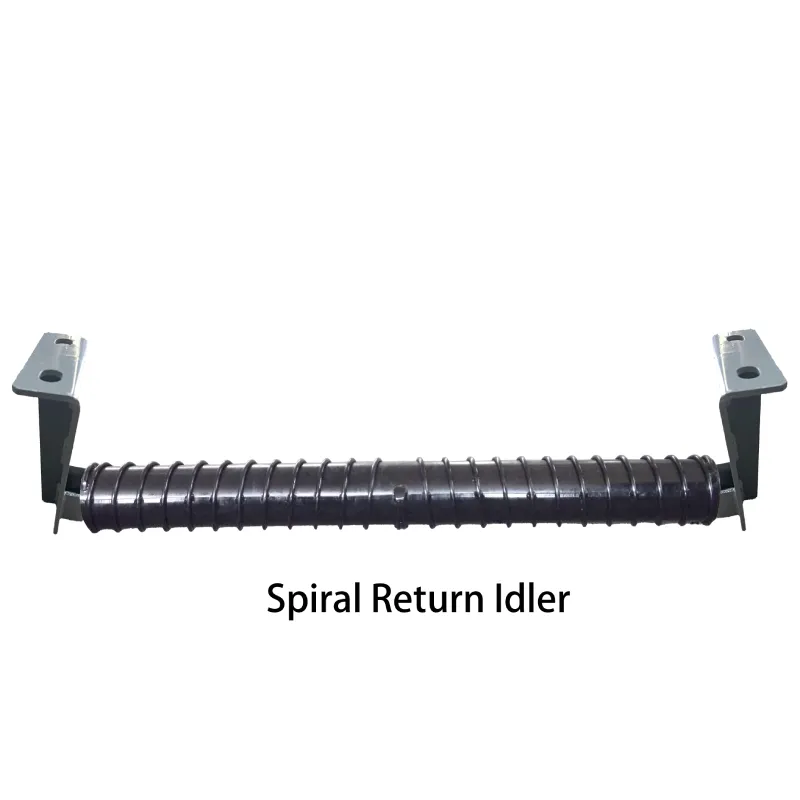 Afrikaans
Afrikaans  Albanian
Albanian  Amharic
Amharic  Arabic
Arabic  Armenian
Armenian  Azerbaijani
Azerbaijani  Basque
Basque  Belarusian
Belarusian  Bengali
Bengali  Bosnian
Bosnian  Bulgarian
Bulgarian  Catalan
Catalan  Cebuano
Cebuano  Corsican
Corsican  Croatian
Croatian  Czech
Czech  Danish
Danish  Dutch
Dutch  English
English  Esperanto
Esperanto  Estonian
Estonian  Finnish
Finnish  French
French  Frisian
Frisian  Galician
Galician  Georgian
Georgian  German
German  Greek
Greek  Gujarati
Gujarati  Haitian Creole
Haitian Creole  hausa
hausa  hawaiian
hawaiian  Hebrew
Hebrew  Hindi
Hindi  Miao
Miao  Hungarian
Hungarian  Icelandic
Icelandic  igbo
igbo  Indonesian
Indonesian  irish
irish  Italian
Italian  Japanese
Japanese  Javanese
Javanese  Kannada
Kannada  kazakh
kazakh  Khmer
Khmer  Rwandese
Rwandese  Korean
Korean  Kurdish
Kurdish  Kyrgyz
Kyrgyz  Lao
Lao  Latin
Latin  Latvian
Latvian  Lithuanian
Lithuanian  Luxembourgish
Luxembourgish  Macedonian
Macedonian  Malgashi
Malgashi  Malay
Malay  Malayalam
Malayalam  Maltese
Maltese  Maori
Maori  Marathi
Marathi  Mongolian
Mongolian  Myanmar
Myanmar  Nepali
Nepali  Norwegian
Norwegian  Norwegian
Norwegian  Occitan
Occitan  Pashto
Pashto  Persian
Persian  Polish
Polish  Portuguese
Portuguese  Punjabi
Punjabi  Romanian
Romanian  Russian
Russian  Samoan
Samoan  Scottish Gaelic
Scottish Gaelic  Serbian
Serbian  Sesotho
Sesotho  Shona
Shona  Sindhi
Sindhi  Sinhala
Sinhala  Slovak
Slovak  Slovenian
Slovenian  Somali
Somali  Spanish
Spanish  Sundanese
Sundanese  Swahili
Swahili  Swedish
Swedish  Tagalog
Tagalog  Tajik
Tajik  Tamil
Tamil  Tatar
Tatar  Telugu
Telugu  Thai
Thai  Turkish
Turkish  Turkmen
Turkmen  Ukrainian
Ukrainian  Urdu
Urdu  Uighur
Uighur  Uzbek
Uzbek  Vietnamese
Vietnamese  Welsh
Welsh  Bantu
Bantu  Yiddish
Yiddish  Yoruba
Yoruba  Zulu
Zulu Conveyor System Parts and Components for Efficient Material Handling Solutions
Understanding Conveyor Components and Parts Essential Elements for Efficient Material Handling
In the realm of industrial operations, conveyor systems have become indispensable for the efficient movement of materials. Whether in manufacturing, warehousing, or distribution centers, conveyors streamline processes, reduce labor costs, and enhance productivity. A critical aspect of these systems is their components and parts, each playing a vital role in ensuring smooth operation. This article delves into the essential conveyor components and parts, shedding light on their functions and significance.
1. Conveyor Belts
The conveyor belt is arguably the most recognizable component of any conveyor system. Made from various materials such as rubber, plastic, or metal, conveyor belts are designed to transport goods from one location to another. The choice of belt material depends on the type of products being transported, the working environment, and the required load capacity. Proper belt selection is crucial as it affects efficiency, durability, and maintenance needs. Regular inspection and maintenance of conveyor belts can prevent breakdowns and prolong their lifespan.
2. Rollers
Rollers are essential for providing support to the conveyor belt while facilitating smooth movement. They are classified into different types based on their function carry rollers support the belt and load; return rollers guide the belt back to the head pulley; and impact rollers cushion the load during transfer. The quality and arrangement of rollers can significantly influence the friction, wear, and overall performance of the conveyor system.
3. Pulleys
Pulleys are another critical component, serving two primary purposes changing the direction of the conveyor belt and providing the necessary tension for optimal operation. The head pulley, found at the top of the conveyor system, drives the belt, while the tail pulley is located at the opposite end, providing a return path for the belt. Using correctly sized pulleys and ensuring they are properly aligned is crucial to prevent misalignment and belt wear.
conveyor components & parts

The driving force behind a conveyor system is its motor. Electric motors provide the energy required to move the conveyor belt, and their type (AC, DC, or servo motors) will depend on the specific application and load requirements. Coupled with gearboxes, motors allow for precise control of speed and torque. Regular maintenance ensures the longevity of the motor and drives, reducing the likelihood of unexpected downtimes.
5. Chassis Frame
The chassis frame is the backbone of a conveyor system, providing structural support for all other components. Made from materials like steel or aluminum, the frame must be robust enough to handle the weight of the load while remaining lightweight for mobility. A well-designed frame not only contributes to the stability of the conveyor but also aids in minimizing the risk of accidents, making it a crucial component in terms of safety.
6. Support and Stands
Support structures and stands are necessary to elevate and stabilize the conveyor system. Properly engineered support ensures that the conveyor operates at the desired height and angle, which is vital for efficient material flow and operator safety. Adjustable stands allow flexibility for changing operations, while fixed supports provide a stable base for heavy-duty systems.
7. Sensors and Controls
Modern conveyor systems often integrate advanced sensors and controls to enhance automation and precision. Sensors monitor the position and speed of the conveyor, enabling real-time adjustments to maintain optimal flow rates. Control systems, including programmable logic controllers (PLCs), automate the operation, making it easier to manage complex systems and improve overall efficiency.
Conclusion
Understanding the various components and parts of a conveyor system is crucial for anyone involved in material handling processes. Each element, from the conveyor belt to sensors and controls, plays a vital role in ensuring that materials are transported efficiently and safely. By focusing on proper selection, maintenance, and integration of these components, businesses can significantly enhance their operational productivity while reducing costs and downtime. Investing in high-quality conveyor components not only ensures smooth operations but also contributes to the long-term success of industrial enterprises.
-
Revolutionizing Conveyor Reliability with Advanced Rubber Lagging PulleysNewsJul.22,2025
-
Powering Precision and Durability with Expert Manufacturers of Conveyor ComponentsNewsJul.22,2025
-
Optimizing Conveyor Systems with Advanced Conveyor AccessoriesNewsJul.22,2025
-
Maximize Conveyor Efficiency with Quality Conveyor Idler PulleysNewsJul.22,2025
-
Future-Proof Your Conveyor System with High-Performance Polyurethane RollerNewsJul.22,2025
-
Driving Efficiency Forward with Quality Idlers and RollersNewsJul.22,2025





























